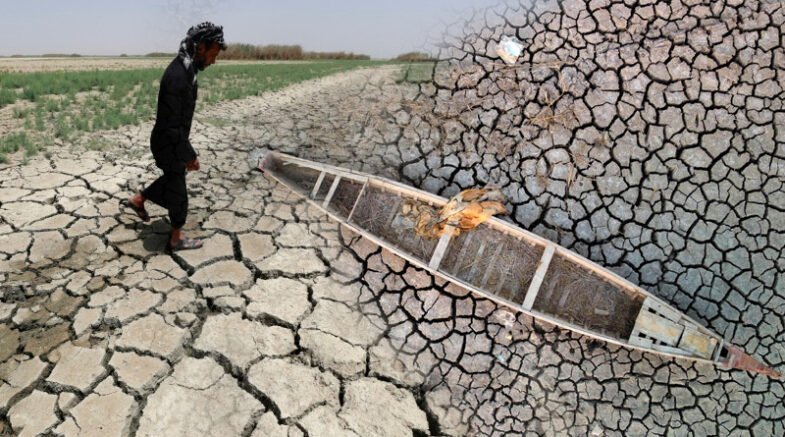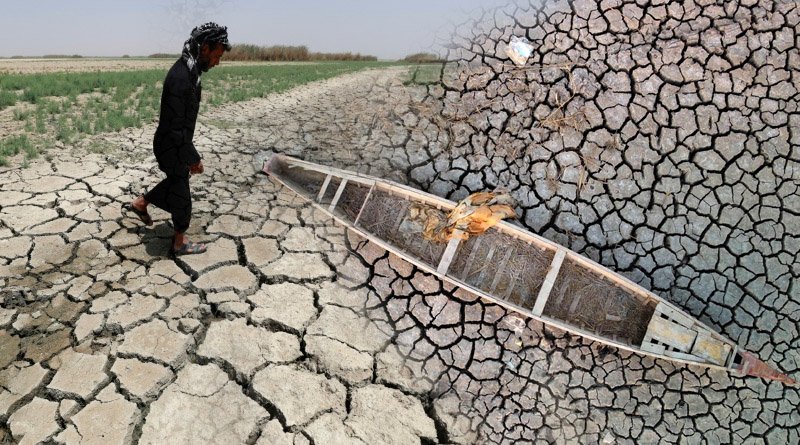Countries in the region must develop strategies other than air conditioning to safeguard their citizens from the risks of extreme heat, even with tougher action.

A modelling study published in The Lancet Planetary Health suggests that if global warming is kept to 2°C, over 80% of the predicted heat related deaths in the Middle East and North Africa (MENA) by the end of the century could be avoided.
By the end of the century, it is projected that MENA will experience an annual death rate from heat-related causes of about 123 per 100,000 people, which is about 60 times higher than current rates and significantly higher than predictions under comparable scenarios worldwide.
Nevertheless, if global warming is kept to 2°C, more than 80% of these deaths might be prevented, demonstrating the urgent need for better adaptation policies and a shift to renewable technologies. The research comes as everyone gears up for COP28 in Dubai in November.
Maximum temperatures in the MENA are expected to rise to almost 50°C by the end of the century, potentially rendering some areas uninhabitable and making the region one of the most climate-vulnerable in the world. Despite this vulnerability, little is known about how heat stress affects this area and how it is getting worse due to climate change.
An international research team, including members from the London School of Hygiene & Tropical Medicine (LSHTM), modelled past (2001–2020) and present (2021–2100) trends in heat-related mortality in 19 MENA countries. The team’s analyses took into account various socioeconomic scenarios as well as variations in the levels of potential greenhouse gas emissions over time.
Most of the MENA region will experience significant warming by the 2060s under high emission scenarios, as defined by the Shared Socioeconomic Pathways (SSP) 5–8.5 of the Intergovernmental Panel on Climate Change. Indeed, under SSP5-8.5, the annual rate of heat-related deaths will increase from the current two per 100,000 to 123 per 100,000 by the years 2081–2100.
Even though there are currently fewer deaths from heat-related causes in the Middle East and North Africa (MENA) than in other regions (two per 100,000 versus 17 per 100,000 in Western Europe or 10 per 100,000 in Australasia, for example), this rise is anticipated to be much higher than in other regions of the world under similar climate change scenarios.
The UK, for example, is expected to see a rise from current figures of three per 100,000 to nine per 100,000 by the 2080s.
Under SSP5-8.5, Iran is anticipated to have the highest annual death rate in the MENA region (423 per 100,000), with high rates also anticipated for Israel, Palestine, and Iraq (186, 169 and 163 per 100,000, respectively).
The United Arab Emirates and Qatar, two smaller Gulf states, will experience the largest relative increases in heat-related fatalities. However, the team estimates that over 80% of the total 123 annual predicted heat-related deaths per 100,000 people could be avoided for the MENA region as a whole if global warming can be kept to 2°C as defined by SSP1-2.6.
The authors come to the conclusion that stronger mitigation and adaptation policies must be adopted, both at COP28 and beyond, with even greater urgency if MENA is to avoid the worst effects of future warming. They caution that relying solely on conventional heat adaptation techniques like air conditioning will not be sufficient.
For instance, countries like Israel and Cyprus, where rates of heat-related mortality are higher than the regional average, use air conditioning to a relatively high extent. If MENA is to successfully adapt to a changing climate, demographic policies and healthy ageing will also be essential.
Population growth in MENA will be a significant driver of predicted heat-related deaths. Professor of Global Environmental Health at LSHTM and lead author Shakoor Hajat stated that in order to prevent the catastrophic health effects that our study estimates, global warming must be kept to a maximum of 2°C.
Countries in the region must develop strategies other than air conditioning to safeguard their citizens from the risks of extreme heat, even with tougher action.
“In order to combat the health effects of climate change in the region, it will be crucial to strengthen health systems and improve coordination between MENA nations.” “The region needs to have discussions about how to better cooperate in order to increase resilience to climate change as COP28 approaches.”
